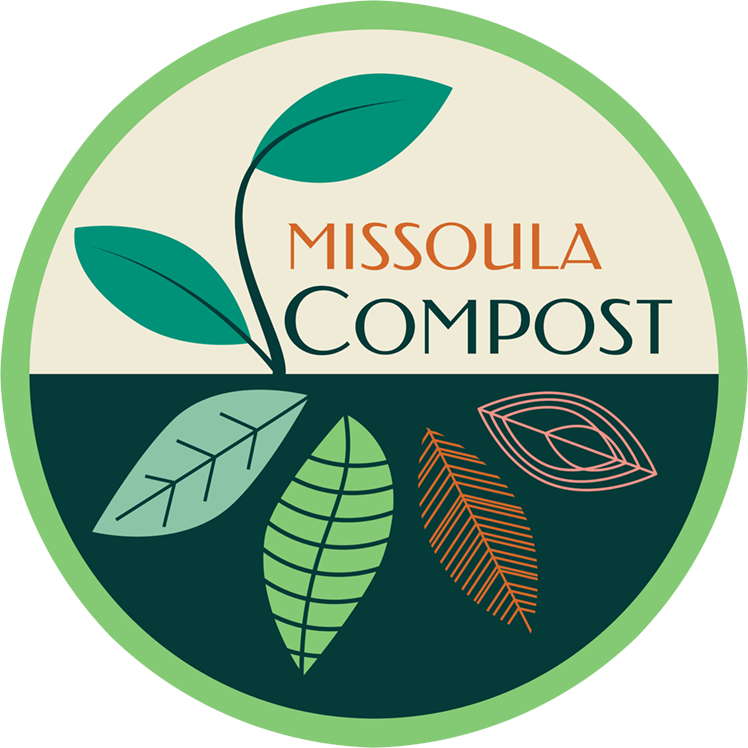Worm Moon
It is said that the Moon's gravitational pull affects the moisture in the soil, similar to the tides. Therefore, seeds may absorb more water during the full moon, resulting in quicker germination and stronger roots. However, there is little evidence of this; but it is fun to imagine!
March's full moon can be called the “Worm Moon”. It will occur March 25th, 2024.
Würzburg, Germany. Photo by Luca.
March's full moon is termed the Worm Moon in celebration of earthworms awakening from their winter dormancy. As temperatures start to rise and the ground begins to thaw, earthworms become more active, resurface, and feeding on decaying leaves and other organic material leftover from fall.
Worms thrive in the night as moisture and temperature levels are ideal and threat of predators are low. Spring time is also great for worms as the organic materials that froze over winter are now thawed. The freezing and thawing process burst the cell walls making the material much softer and easier to digest; a perfect first meal.
The Worm Moon coincides with a penumbral, lightly shadowed, lunar eclipse. The eclipse begins at 12:53 AM and will last four hours. This will be subtle, most people won’t even realize the eclipse is happening; much less be awake for the event.
In more exciting news, a solar eclipse always occurs about two weeks before or after a lunar eclipse. In this case, on April 8th, 2024 there will be a full solar eclipse! Here in Missoula it will be 33% covered around noon.
Celestial events are quite fun and it's often we don't think much about them. It's interesting how everything plays a role in the growth and movement patterns of plants and animals. Every now and then a reminder is nice to look up and take a good long gander at the sky; preferably not directly at the sun.



